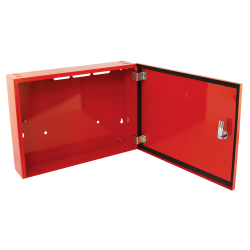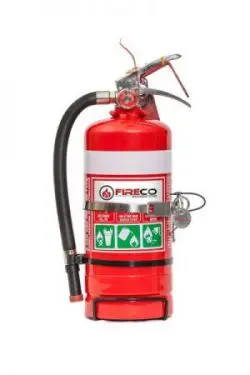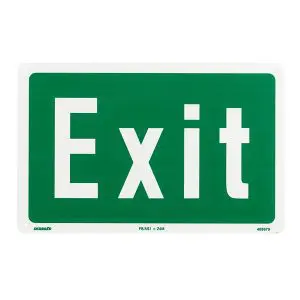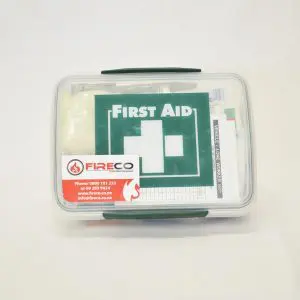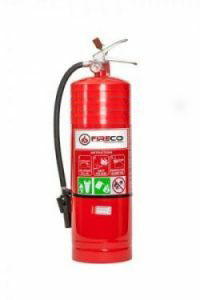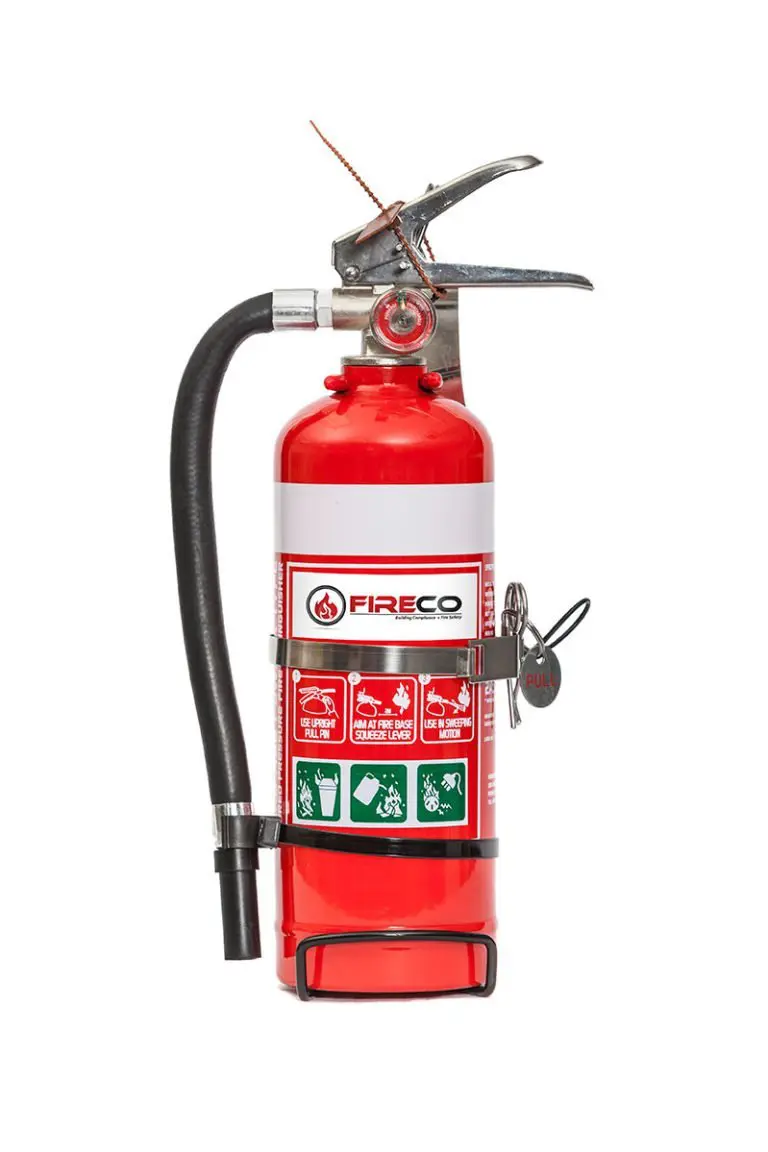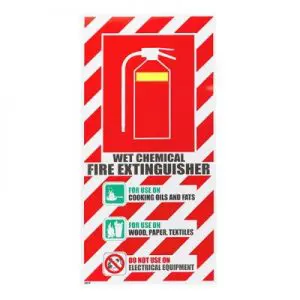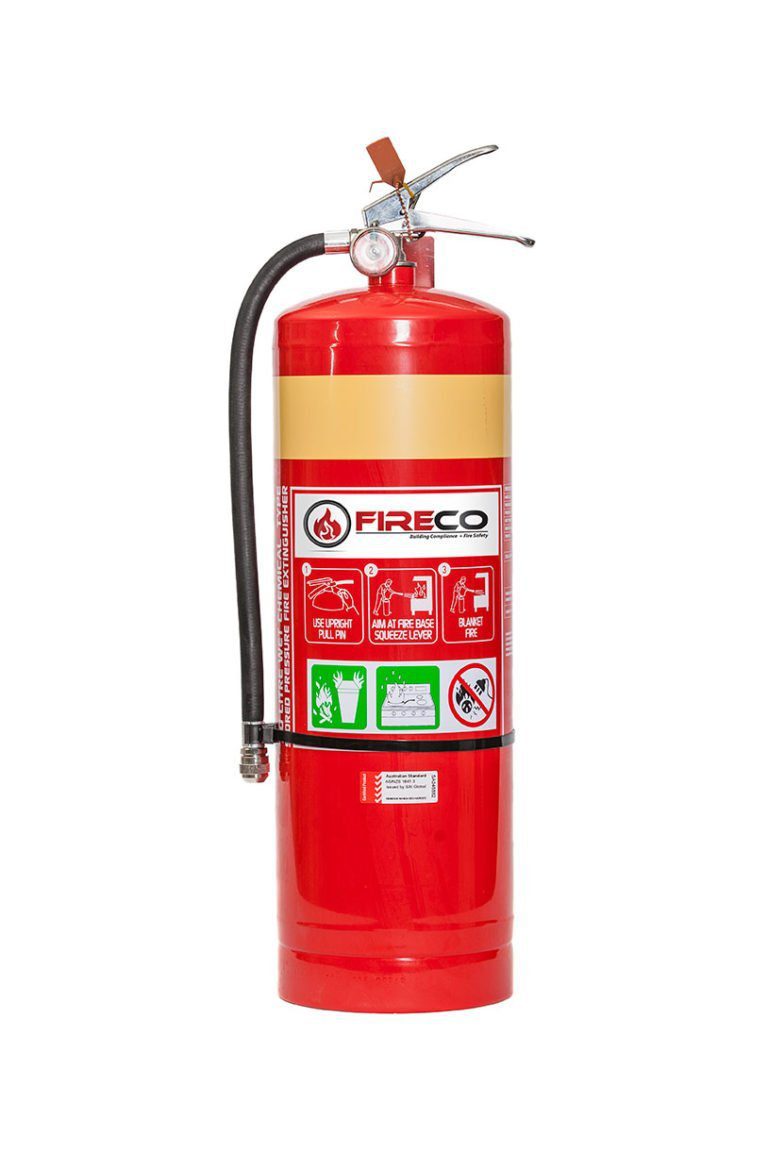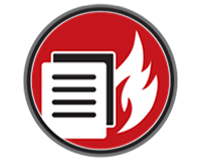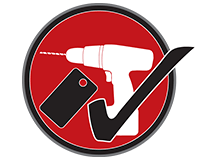Choosing the Right Fire Extinguisher for Your Business with Fireco: Fire Extinguisher Types Explained
In any business environment, safety should always be a top priority. One crucial aspect of workplace safety is having the right fire extinguishers in place. Fires can be caused by a wide range of risks and factors, which is why it’s essential to be prepared for different types of fires that may occur. At Fireco, we offer a range of fire extinguishers designed to tackle specific types of fires. Let’s take a closer look at the various types and understand which businesses can benefit from each.
Why Does the Type of Fire Extinguisher Matter? What Happens If I Use the Wrong Type of Fire Extinguisher?
Not all fire extinguishers are the same. It’s very important to use the right type of fire extinguisher: depending on the source, cause, and environment, the wrong type of extinguisher may actually spread or further agitate the flames. Knowing the classification of your fire extinguisher and the types of fires it’s suitable for is crucial: in the case of electrical fires, for instance, electricity can run through conductive extinguisher types like water or foam, which can result in electrocution and spread the fire further.
ABE Dry Powder Fire Extinguishers:
ABE Dry Powder Fire Extinguisher are a versatile option suitable for a wide range of settings, including homes, boats, garages, cars, and caravans. ‘ABE’ stands for the extinguishing agents used in dry powder extinguishers: A for monoammonium phosphate, B for sodium bicarbonate, and E for potassium sulfate. Recognised by its white band, dry powder extinguishers discharge a fine powder that absorbs fire fuel molecules, depriving the fire of its fuel source to extinguish the flames.
ABE Dry powder extinguishers are effective against the following types of fire:
- Class A: paper, textiles, wood.
- Class B: flammable liquids.
- Class C: combustible gases.
- Class E: electrically energized equipment.
ABE Dry powder extinguishers are recommended for:
- Homes
- Garages
- Boats
- Caravans
Carbon Dioxide Fire Extinguishers:
Identified by a black band, Carbon Dioxide (CO2) Fire Extinguishers are non-conductive and non-corrosive, gas-based extinguishers that work by reducing the oxygen available to the fire.
Carbon dioxide extinguishers are suitable for the following types of fire:
- Class B: flammable liquids.
- Class E: electrically energized equipment.
Carbon dioxide extinguishers are recommended for:
- Offices
- Server rooms
- Laboratories
- Areas with electronic equipment
Wet Chemical Fire Extinguishers:
Featuring an oatmeal-coloured band, Wet Chemical Fire Extinguishers are specifically designed for fires involving cooking oils and fats. The extinguisher agent reacts with burning cooking oil or fat and forms a thick, suds-like blanket to cut off the fire’s air supply – effectively smothering the flames to extinguish it safely. Wet chemical fire extinguishers should not be used on electrical fires (Class E).
Wet chemical extinguishers are recommended for:
- Restaurants
- Commercial kitchens
- Cafeterias
Air Foam Fire Extinguisher:
Marked with a blue band, Foam Fire Extinguishers work by covering flammable liquids with a blanket of foam, cutting off the fire’s air supply and preventing the fire releasing flammable vapours and spreading further. Air foam fires are not suitable for electrical fires (Class E).
Air foam fire extinguishers are effective against:
· Class A: paper, textiles, wood.
· Class B: flammable liquids.
Air foam extinguishers are recommended for:
· Warehouses
· Manufacturing plants
· Facilities with flammable liquids
Water Extinguishers:
Water Fire Extinguishers remove the source of a fire by streaming water onto the flames and reducing the temperature of the fuel; effectively preventing reignition of the fire by smothering the source and removing the heat. Water extinguishers should not be used on electrical fires (Class E), as the water acts as a conduit for the electricity and can result in fatal electrocution and possibly spread the fire further. Water extinguishers are also not suitable for fires caused flammable liquids (Class B).
Water extinguishers are suitable for Class A fires: paper, textiles, wood.
Recommended facilities for water extinguishers include:
- Offices
- Schools
- Retail stores
Fire Blankets:
-
Constructed of fiberglass, Fire Blankets can withstand high temperatures and are ideal for emergencies involving “human torch” situations. Fireco’s fire blankets, certified and approved to AS/NZS 3504, are compact, portable, and easily stored.
Recommended for:
- Laboratories
- Industrial settings
- Educational institutions
The right fire extinguisher depends on the specific hazards present in your business environment. Selecting the right extinguisher type can be the difference between life and death so it’s crucial to assess potential fire risks and choose the appropriate extinguisher, to ensure the safety of your employees and property. At Fireco, we offer a comprehensive range of certified fire safety products to meet the needs of businesses across various industries. Contact the Fireco team for more information about fire extinguishers and safeguarding your Auckland business here.


